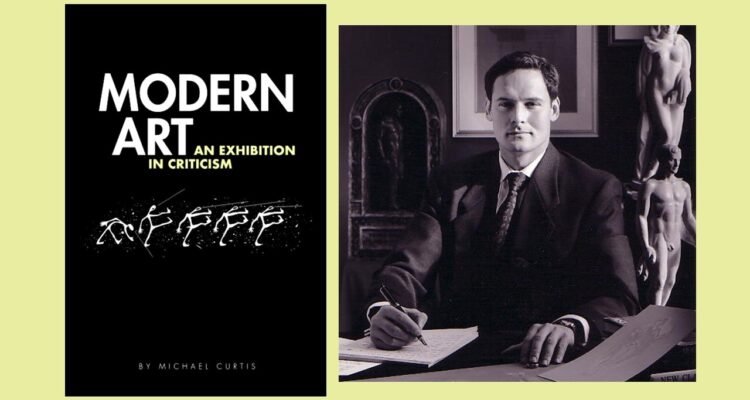Looking south from the Smithsonian Castle to the Forrestal Building, NCAS's proposed site for two new Smithsonian museums.
A few months ago the Smithsonian Institution announced it will be building the American Women's History Museum and National Museum of the American Latino on sites in the Reserve on the National Mall--one site just next to the Washington Monument, the other on the Tidal Basin (see illustration below).
While the National Civic Art Society is strongly supportive of the construction of the museums, we believe that the proposed sites are wholly inappropriate. As NCAS President Justin Shubow commented in Politico, "There’s no grander or more symbolic axis in America. ... We must ensure that no buildings spoil these and other sight lines and symbolic landscapes, as well as public open space in general."
NCAS believes that a far superior site for the museums is the site currently occupied by the Forrestal Building (see photo above), an ugly Brutalist hulk that is currently occupied by the Department of Energy. Located at 1000 Independence Avenue SW, the prominent, honorific, and accessible site is just across the street to the south of the Smithsonian Castle.
To encourage the use of that site, we have partnered with Catholic University's architecture school to support a juried design charrette for CUA graduate students. The charrette is producing urbanistic proposals for siting the museums at the Forrestal site.
The jury comprises former New York Times architecture critic Paul Goldberger; architects Anne Fairfax, Elizabeth Moule, David Schwarz, and Teófilo Victoria; and urban planners Dhiru Thadani and John Torti.
The students will make their presentations to the jury, which will provide constructive feedback, on Tuesday March 21, 2023 at Catholic University from 9:00 AM to until noon. The location is Miller Hall at the Crough Center (620 Michigan Ave. NE, Washington, D.C.). The event is free and open to the public. A light breakfast will be served.
We cordially invite you to attend.
The Smithsonian's preferred sites for the American Women's History Museum and National Museum of the American Latino.





















